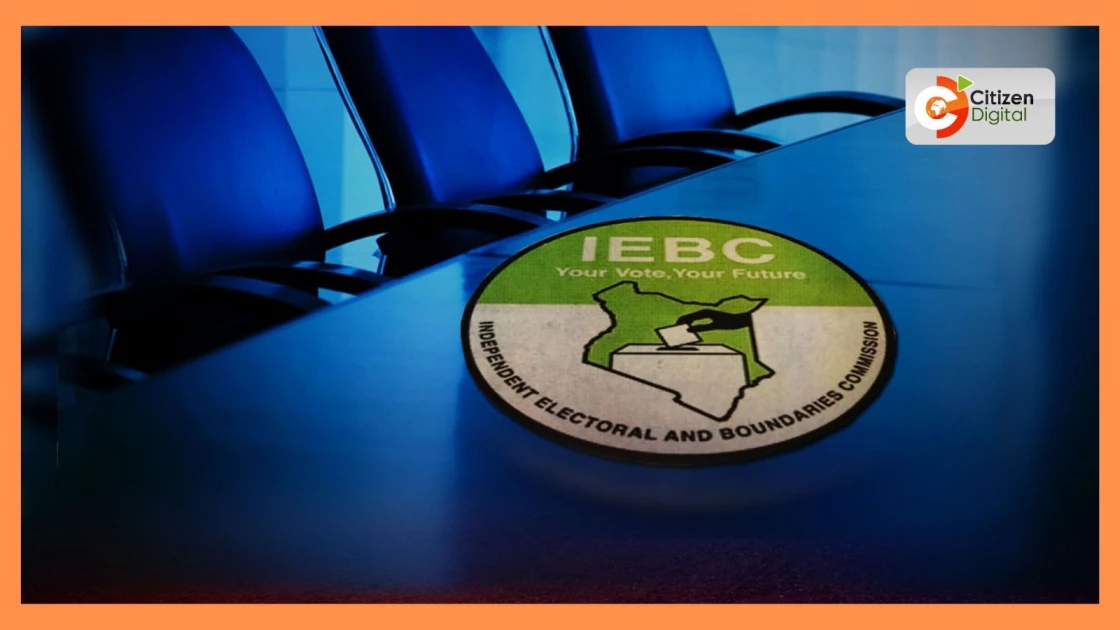National Assembly Majority Leader Kimani Ichung’wah has dismissed DP Rigathi Gachagua’s suggestion of a ‘one-man-one-shillIng’ county revenue-sharing formula.
Gachagua had announced his intention on Sunday to advocate for this method, which prioritizes counties’ population over geographical size. He believes this approach would promote equity and fairness in distributing national revenue to the devolved units.
However, Ichung’wah contends that relying solely on counties’ population to determine their revenue share is flawed. He argues that some less populous counties actually generate more revenue than their more densely populated counterparts.
“When I say there are regions that generate more revenue than others, we have a county that is not so big and among the country’s poorest; Kwale. But if you went to KRA books and looked at the revenue that comes from Kwale’s tourism and base titanium, it would beat what comes from other much larger, populous and less poor counties,” he told KTN News in a Wednesday night interview.
KEEP READING:
- Senator Edwin Sifuna Dismisses Wetangula, Links Him To Controversial Finance Bill 2024
- DP Gachagua Defends The Ksh. 1.2 Billion Renovation Budget, Cites Neglect Of Office and Residence for 15 Years
He described Gachagua’s proposal as “a good debate to have,” but emphasized the necessity of engaging in it based on factual knowledge and empirical data, rather than emotions.
The Deputy President’s remarks have elicited responses from members of President William Ruto’s UDA Party, including Ichung’wah and Tana River Senator Danson Mungatana. Mungatana, a UDA member, expressed on Wednesday his opposition to the mechanism, labeling it discriminatory towards sparsely populated and marginalized counties like Tana River, Garissa, and Isiolo.
“He said he is a firm believer in ‘one-man-one-vote-one-shilling’. I am also a firm believer in ‘one-man-one-vote-one-square-kilometre’, so we differ completely. I want to tell the DP and his advisors that unless he doesn’t think Lamu, Tana River, Garissa, Isiolo, Turkana, Taita Taveta, and Marsabit counties are important… if he intends to be President, he is heading in the wrong direction and needs to be told in no uncertain terms that all of us listening to him are very disappointed with him,” the senator told the local television station TV47.
He added that the deputy president’s stance does not represent UDA’s position, saying “We have never sat as UDA to pass a policy pronounced by the DP. He is speaking about his issues.”
“When you’re making such statements, at least call a PG meeting to hear other opinions, but if you go public, I will also go public and say you’re wrong,” said the senator.
On Sunday, Gachagua emphasized the formula’s significance for development in the Mount Kenya region.
“In matters of revenue sharing, I am a believer, a proponent of one-man-one-vote-one-shilling. Resources are about the people. The whole issue of resources is about the people. The more you are, the more taxes you pay. It goes without saying, the more taxes you pay, the more you should get,” said the DP.
Currently, county governments utilize a revenue allocation system based on landmass rather than population.
Article 202(1) of the Constitution stipulates that revenue generated nationally should be equitably distributed between the national and county governments.
Section 2 of the article allows for additional allocations to county governments from the national government’s revenue share, either with conditions or unconditionally.
The Deputy President’s proposal mirrors one previously suggested by Manyatta Member of Parliament Gitonga Mukunji in March 2023. Mukunji’s proposal, however, focused on Constituency Development Fund (CDF) allocation.
As another UDA legislator, Mukunji argued against the fairness of allocating the same CDF funds to constituencies regardless of their population size. He contended that constituencies with higher populations often receive disproportionate funding compared to those with fewer residents, leading to financial imbalances between regions.


